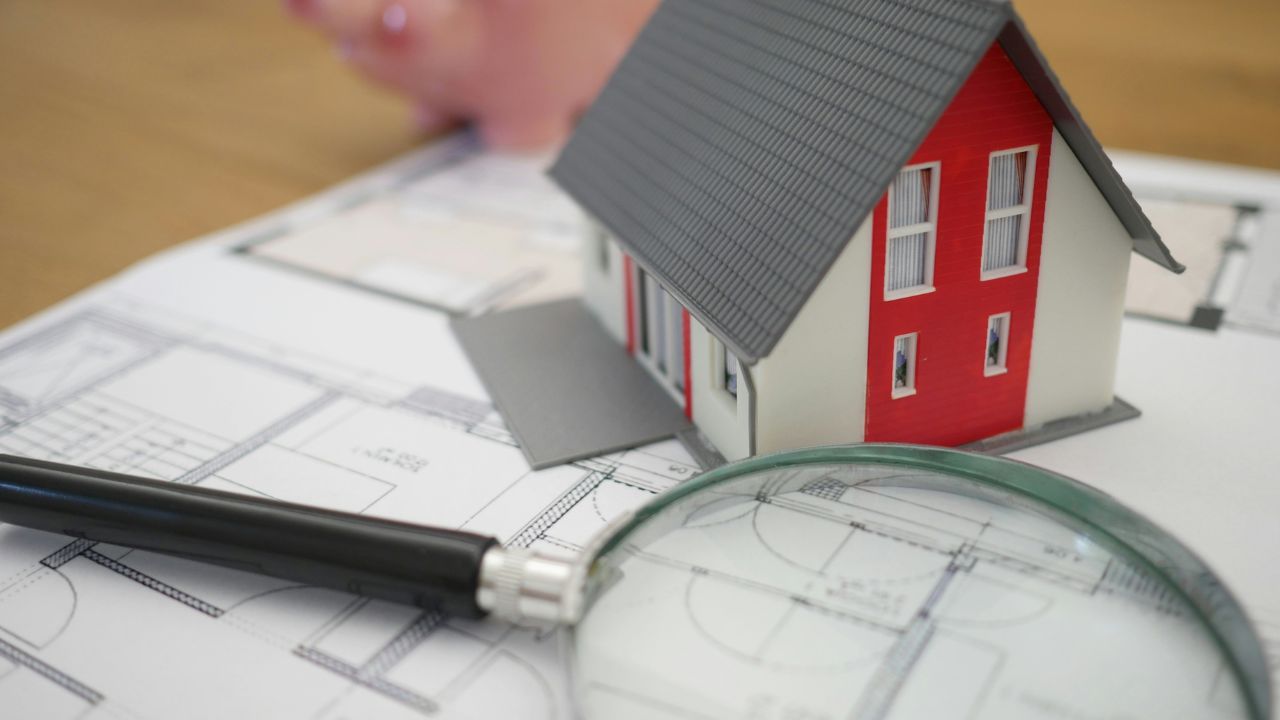
How You Can Save on Bills Without Sacrificing Comfort
Want to save money, but don’t know where to start? Right from the bills. Consult the ideas and tips below to save on bills, without sacrificing the comfort of your home!
Did you know? Approximately 35% of a country’s energy and water consumption comes from individuals, 20% from homes, and 17% from cars.
The consumption of a house directly influences your bills and depends on many factors: the local climate, house orientation, construction quality, insulation, type of installations and appliances, household size, and lifestyle habits.
Let’s explore what you can do to reduce bill costs and improve your home's quality of life!
1. Take Care of the Insulation
Insufficient insulation is the top cause of heat loss in winter and cool air loss in summer—ultimately driving up your bills.
For poorly or moderately insulated homes:
- 20–25% of energy escapes through walls.
- 5–10% escapes through the roof.
Signs of poor insulation:
- Cold walls compared to the rest of the room.
- Drafts near windows or from ceilings/walls (test with a candle—if the flame flickers, there’s a draft).
- Drafts under the door, around sockets, chimneys, and terrace/garage doors.
Solution: Invest in professional insulation. While it may seem costly at first, the long-term savings on your energy bills make it worth it.
2. Check the Condition of Doors and Windows
Did you know? Up to 15% of heat or cooling loss comes from old or poorly insulated windows. Proper replacements can cut those losses by half!
Tips:
- Replace old windows with quality PVC models.
- Add insulation tapes or adhesive seals around doors and windows.
- Close blinds/shutters at night to retain warmth.
- Use thermal curtains to reduce energy loss.
Though high-quality windows come with an upfront cost, you'll start seeing savings within just a couple of months.
3. Manage Appliance Consumption
Appliances in standby mode (e.g., red light on) still consume energy—up to 300 kWh/year for an average household.
What to do:
- Unplug devices if unused for more than a day.
- Connect appliances to thermostats or timers.
- Turn off heating/cooling 10–15 minutes before leaving the house.
- Avoid overloading appliances and clean filters regularly.
Reminder: The energy label on your appliances tells you how efficient they are. Aim for Class A+++ for maximum savings.
4. Keep the Heat Close
Placing heat or hot water sources closer to where they’re used helps minimize loss. Ideally, pipes should be no longer than 8 meters.
Quick fixes:
- Install reflective panels behind radiators to redirect heat back into the room.
- Position the boiler centrally in the home or close to primary use areas like kitchens and bathrooms.
5. Think About What and When You Heat
Heating wisely is key. Adjust temperatures to match room use—every degree lower can reduce energy use by up to 7%.
Suggested room temperatures:
- Living/Bedroom: 26 °C (summer), 22 °C (winter)
- Bathroom: 28 °C (summer), 25 °C (winter)
- Unused room: 30 °C (summer), 15 °C (winter)
Control methods:
- Manual radiator valves
- Programmable thermostats (wired or wireless)
We hope you found these tips helpful! Start applying them step by step and enjoy lower bills without compromising your comfort.
Five Easy Steps to Start Shopping Online
Ready to dive into the world of online shopping? Follow these 5 simple steps to shop securely, find great deals, and enjoy the convenience of home delivery!
10 Easy Steps to Paint Your Walls at Home Like a DIY Pro
Want to give your walls a fresh new look? Learn the 10 essential steps to paint your walls like a pro—without hiring one.